All parents cope with this problem(Positive Parenting).
On the off chance that you have youngsters, you realize that each minute is a battle if your kid does not act.
On the off chance that you have youngsters, you realize that each minute is a battle if your kid does not act.
Most patients and cherishing guardians can at times “lose it” when looked with troublesome kids.
Think about this: a kindergarten kid gets hysterical because dad spilled his Turkey sauce instead of letting him do it himself. She started crying for hours.
From disappointment, the father shouts: “Enough!”
Positive Parenting: How To Discipline Effectively?
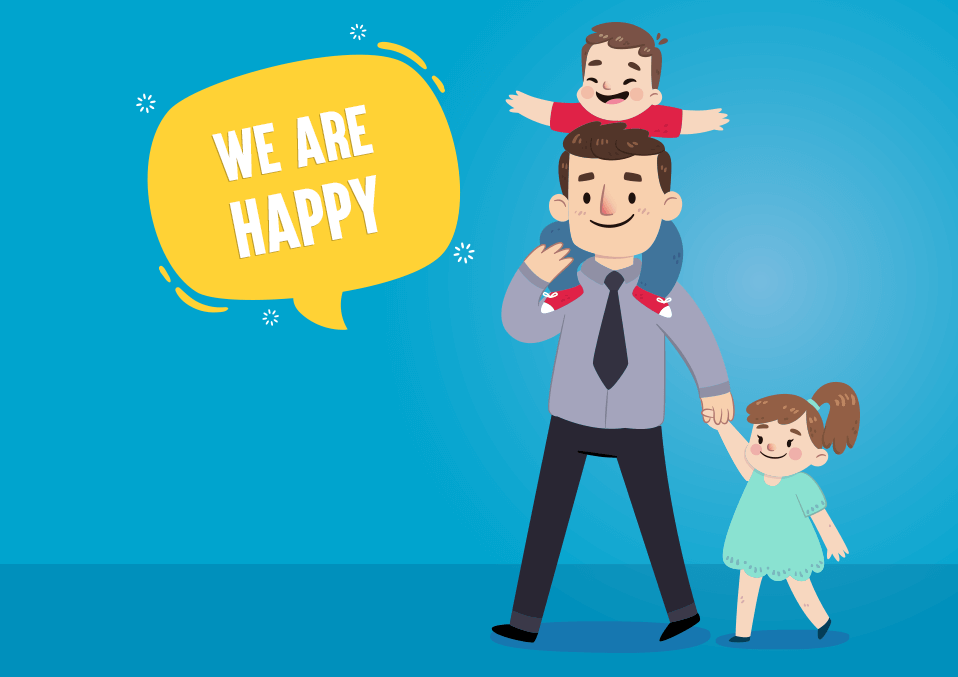
Sound familiar? I feel guilty for doing this more often than I’d like to admit. So how are we supposed to get our kids to”do what I say, not what you do” without getting trapped?
Positive Parenting.
That’s positive parenting. It is a way of thinking of training and order dependent on crafted by the Viennese specialist Alfred Adler and Rudolf Dreikurs.
As of late, Dr. Jane Nellsen, Ph. D. this method of her sophisticated protection is known in the books of his famous series.
Positive learning emphasizes mutual respect and uses positive learning. It focuses on learning to avoid future mistakes rather than punishing what has been done in the past.
Studies show that the use of a consistently positive training ensures the best results from the point of view of the child’s behavior, emotional growth, assessment, and mental health.
Read Also:
8 Steps On Practicing Positive Parenting
Here are the 8 steps of practicing positive parenting:
The First Step: Focus On The Reasons Behind The Action.

There’s always a reason a child behaves immodestly. This is sensible for kids, and that is the reason they carry on along these lines. If parents can address the cause directly, even if they don’t get what they want, the child will feel that their needs are confirmed. After that, they can move without the need for wrong actions.
They may even now be despondent, however, you shouldn’t act once they feel comprehended.
The conscious background is a bad move for parents to avoid? For example, a boy hit his brother. The reason may be that his brother is upset about something because of him.
As a result, I felt disappointed. Therefore, knowing the causes of your child’s learning of negative behavior, you will be able to see how you cope with it.
Is there a good reason for your child to do / not do what you ask your child to do? Is it fundamental for the prosperity of your youngster?
The Second Step: Kind And Firm Discipline.

Be friendly to others, kind to the sample, respectful. Children imitate other basic role models. At the point when a parent yells, mortifies, or effectively calls a youngster’s name, the child figures out how to do a similar when he is disturbed.
The opposite is true. When parents are friendly, calm and respectful, even if they are upset, the child will learn to cope with the difficulties of anxiety and respect. Calmness increases the likelihood that your child will accept and cooperate with reasoning.
She became a forgiving and loving father. Many parents botch generosity for leniency. That’s just not true. I want you to tell your son.
No need to shout, use a bad tone, or speak in a rough voice. Good, quiet”no” is just as good, if not better, louder than bad.
Additionally, be benevolent as far as possible and apply outcomes to comprehend what the kid expects and how to base future activities.
Practice takes a cognitive decision using this flexible method development.
Read Also:
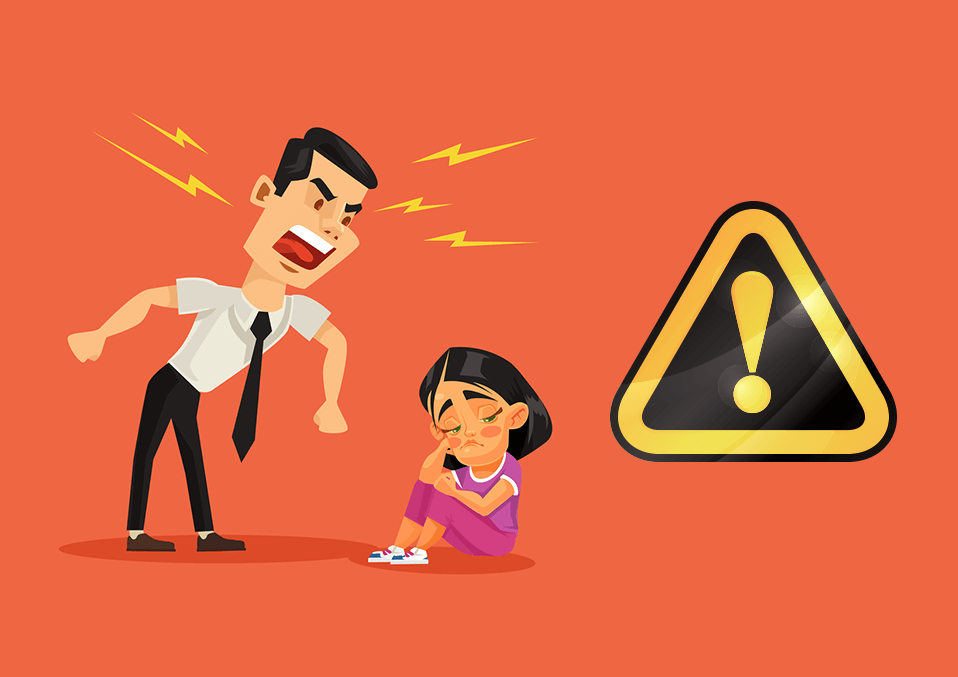
Be friendly to others, kind to the sample, respectful. Children imitate other basic role models. At the point when a parent yells, mortifies, or effectively calls a youngster’s name, the child figures out how to do a similar when he is disturbed.
The opposite is true. When parents are friendly, calm and respectful, even if they are upset, the child will learn to cope with the difficulties of anxiety and respect. Calmness increases the likelihood that your child will accept and cooperate with reasoning.
She became a forgiving and loving father. Many parents botch generosity for leniency. That’s just not true. I want you to tell your son.
No need to shout, use a bad tone, or speak in a rough voice. Good, quiet”no” is just as good, if not better, louder than bad.
Additionally, be benevolent as far as possible and apply outcomes to comprehend what the kid expects and how to base future activities. Practice takes a cognitive decision using this flexible method development.
The Third Step: Time-Out Yourself.
You should take some time when you need to be heard Ah. It is inescapable that occasionally guardians simply get drained and furious at the awful conduct of the kid.
But that’s what I do in real-time if I can do what I say and speak calmly, respectfully and pleasantly.
Think about it: if something does not work for your child, you want it to be exploded, or you want to take control of their emotions and expressed their gratitude.
This waiting strategy works very well. You can feel the atmosphere you are in when you are in a situation where you are in control of the moment. Tell him you’re upset and go to the other room.
As part of a wide range of communication in Japan, you will be able to calm down, forget about your hands and master the discipline of teaching.
While you’re there, take a full breath and clear your brain for a second.
This pausing and watching procedure additionally gives you additional time and some breathing space to consider how to manage the current issue.
When you return, you will be updated and ready to face the problem again.
The Third Step: Be Non-Punitive. Be Creative:
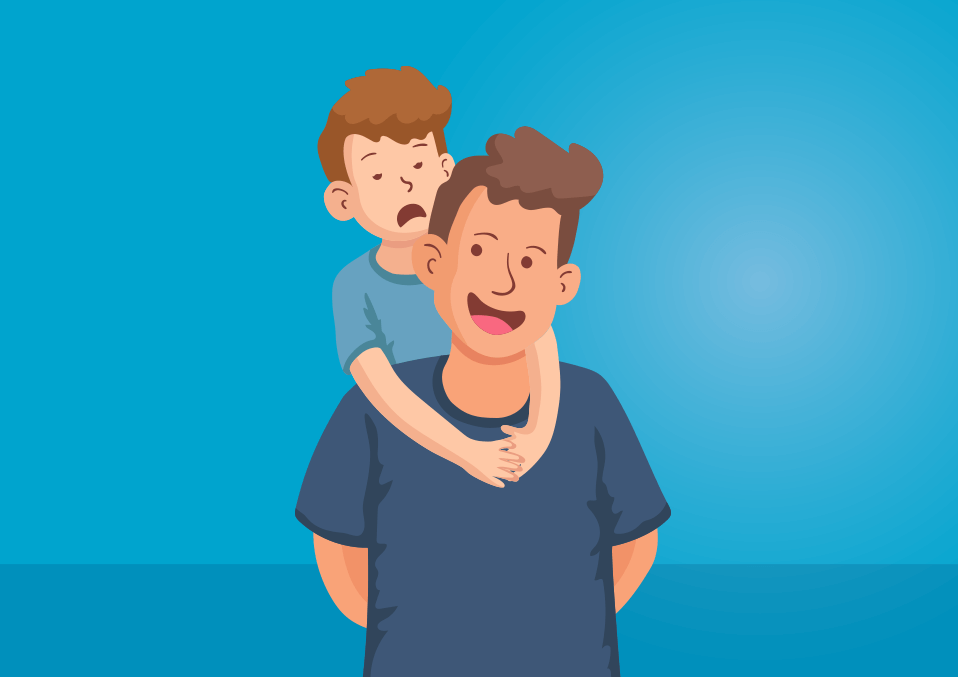
According to Dr. Jane Nelson, in his book Positive Discipline: first three years, cruel punishment, “never help children learn resentment, rebellion, revenge, and resignation,”note that punishment doesn’t stop bad behavior because it doesn’t teach good behavior.
The positive and non-punitive reaction is much better to overestimate the child and make him decide on new actions. One of these answers is to use positive expectations.
Positive waiting time differs from normal waiting time in that it is not punitive.
Punishment does not take the child out of the incentive that is put in place to create bad behavior or aggravate, cool and feel safe.
When he was raising his own child, the method of waiting time was invented by behavioral therapist Arthur Staats. His complete name is uplifting feedback break.
The thought is to expel the kid from the earth wherein the risky conduct strikes kill the”amplifier”.
Finally, the child calms down and learns to slow down or stop unnecessary actions. Unfortunately, many parents use it badly.
They add secondary punishment by isolating, restricting, and punishing the child’s movements while waiting, and then accuse the child.
Read Also:
Here Are Some Key Points On How To Use Time-out Properly:
Set your expectations and results clearly in advance. Your child should understand that he or she can choose the outcome of his or her own actions.
If you decide to take unwanted actions, gently tell them or take them to a quiet and safe place. Don’t call him a bad name, like, “you’re a bad boy.”Because, the waiting time of the use case of the parent company.
They should play with children’s toys and soothe their appreciation. Sometimes when she’s really upset, you have to sit down and hug her. Keep in mind that this is not a punishment.
After that, you can kindly talk to her about how inappropriate your previous behavior was, and help her find a better answer when she feels like the next time she acts.
Positive waiting time does not work in all situations, with a positive breeding scheme. It is not easy to achieve a positive result in every situation.
Positive training a-z: 1001 Nelsen solution to the daily problems of the parents is good advice and recommendations, the full means of positive training.
If you don’t remember that 1001 is solved easily when you need it.
That is the reason it’s essential to be imaginative and adaptable.
The Fifth Step: Be Clear, Be Consistent And Follow Through.
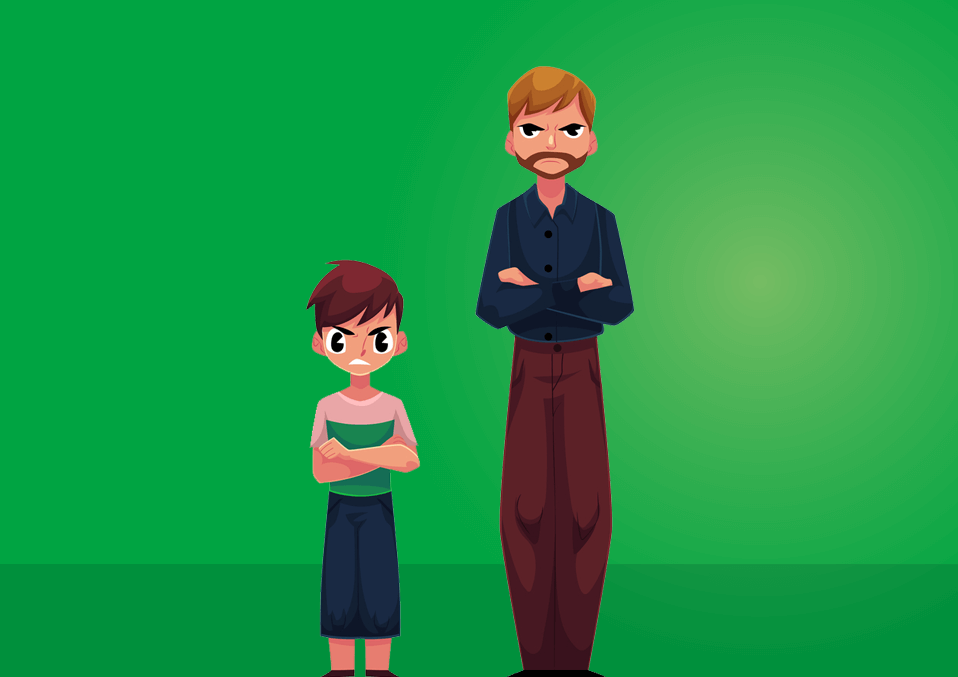
Identify and explain the consequences of a clear violation of your child’s boundaries. In addition, parents ought to be reliable and tail them.
On the off chance that the dad isn’t predictable, there will be perplexity. The child will continue to check or challenge boundaries to see what else happens.
The Sixth Step: Understand Brain Development And Age-appropriate Behavior.
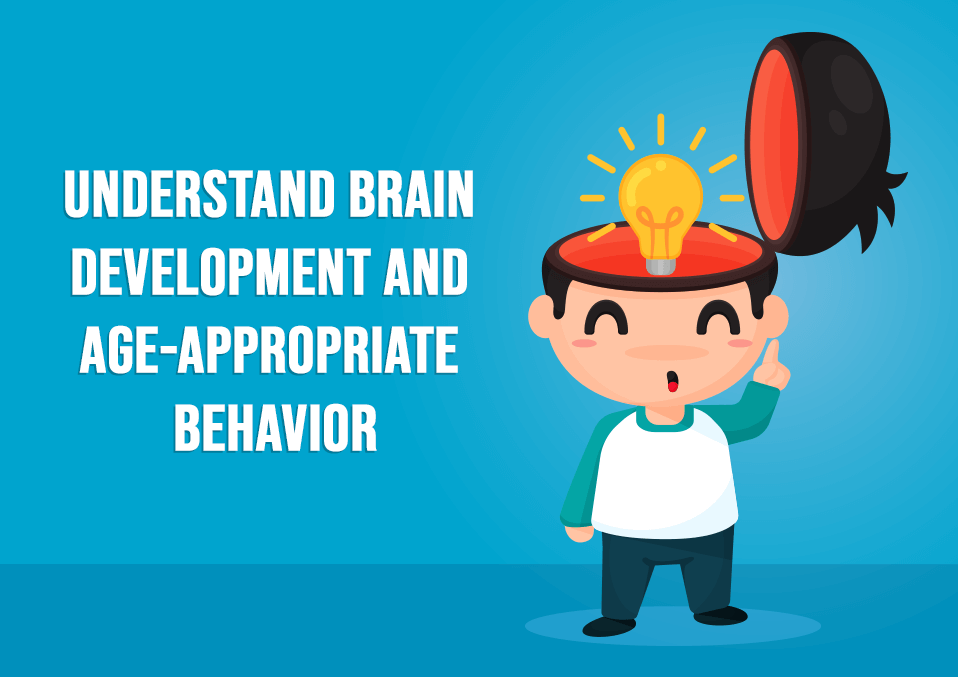
What’s more, this isn’t astonishing, on the grounds that that piece of the mind (prefrontal cortex), which is in charge of understanding the outcome and settling on the correct choice, isn’t yet created.
Further, for children in this age group, redirection should be used instead of reasoning and results.
Elderly people and children are helped by the reasoning of their cognitive development.
The Seventh Step: Make It a Learning Opportunity.

When kids are old enough to the reason (more than 3 years old), they are able to turn every misdeed into an invaluable life lesson.
For example, what is the lesson of breaking a toy? It means that the child cannot play with it anymore.
Tell her\him that If she\he didn’t like the toy, he should have given it to a friend or donate it so that others could enjoy it.
This way you are helping him improve his communicative skills at the same time.
The Eighth Step: Be Patient And Don’t Despair.
Positive discipline will likely not produce the behavioral changes you want right away. It’s not tied in with getting results medium-term.
This is the indoctrination behavior to which parents want their children to adapt over time.
Children sometimes need time to learn, so it may take some time to see changes in reality. It was only a week before the baby began to hold on. This is useful.
Positive parenting is an effective way to raise your child. This is useful in terms of instilling values that ensure a successful life for your child.
Read Also:
- Parents Spanking Consequences & Alternatives.
- 10+ Pictures Of Kids Whose Parents Don’t Realize Whether To Laugh Or Cry.
- Disney Babies: Is It Disney or Bad Parenting to Blame for The Princess Phenomenon?
WOMEN STICK TOGETHER, SHARING IS CARING!


